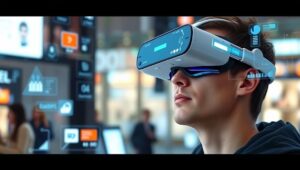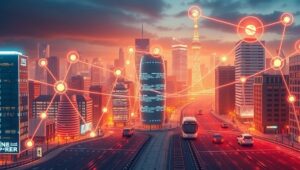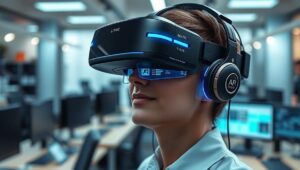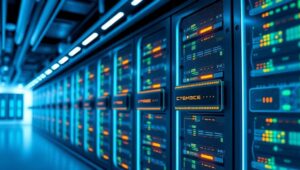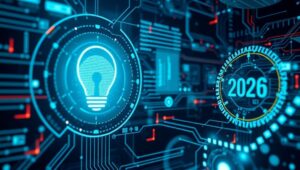May 20, 2025
The Future of Urban Mobility Services Enabled by IoT (2027)
The Future of Urban Mobility Services Enabled by IoT (2027) Urban mobility is on the cusp of a revolution, driven by the proliferation of Internet of Things (IoT) devices and their seamless integration into transportation networks. By 2027, expect to see a significant transformation in how people and goods move within cities, optimizing efficiency, sustainability, and user experience. Key Trends Shaping the Future of Urban Mobility: Smart Infrastructure: Cities will deploy interconnected sensors to monitor traffic flow, parking availability, and road conditions in real-time. This data will be used to optimize traffic light timings, provide dynamic routing suggestions, and proactively


